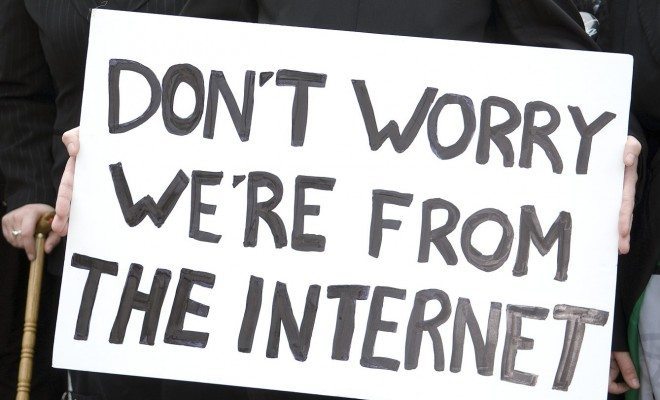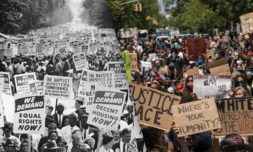Police brutality is the enemy, racial equality is the goal, and technology is becoming the vehicle for change.
Many of you won’t be old enough to recall this with much clarity, but I remember the 2011 London Riots like they happened yesterday. A 29-year-old black man named Mark Duggan was shot dead after the Metropolitan Police followed up on ‘intelligence’ that he was seeking to distribute controlled drugs and firearms. The unit on duty claimed to have feared for their lives and ended Duggan’s in self-defence. The Londoner’s firearm were later found in a grassy plain five meters away on the other side of a fence. Suffice to say, the details were sketchy.
England’s capital city erupted into chaos in the days that followed. Five lives were lost, businesses were looted citywide, arson was rife, and over 3000 arrests were made. Now, while this radical event is in no way comparable to the Black Lives Matter protests unfolding today; in terms of both authenticity, and democratic legitimacy, it did provide us with a glimpse into how social media could be harnessed to aid those fighting the system at ground level. Almost a decade later, digital exploits continue bringing power to the people.
BlackBerry Messenger was the go-to platform for rioters in 2011, as it offered encrypted messaging through the sharing of BBM PINs and was entirely untraceable to the authorities. It became the central hub for coordinating mass gatherings, sharing live locations through GPS, and spreading new revelations about the Duggan case. The police were powerless to intercept attacks ahead of time and were entirely reactionary. But today, with the Black Lives Matter movement growing by the day in the US and the UK, just how are protesters staying connected locally and making the best use of their time?

The apps of today
Signal
2020 is proving to be a good year to cover your face. People are understandably keen to conceal sensitive information like photos and videos, especially those protesting in US states notorious for cases of police brutality, and Signal has become the go to app for protecting identities.
While similar apps may have technologies that retain the original unedited photo within a cloud network, Signal’s face detection and blurring take place solely on the phone. The software automatically detects nearby faces and can blur them all at the touch of a button – though Signal warn that the automatic recognition may not detect partial faces or those in the periphery, so manual blurring is advised too.
People can message one another within the app’s chat feature without worrying about user data being turned over to the authorities too, because it doesn’t collect any. For this very reason, the app has been propelled into the iOS top 10 (most downloaded) for the first time in its history.
Oh hey, would you look at that. https://t.co/OBWyUtMKBh
— Martin (@mshelton) June 3, 2020


















